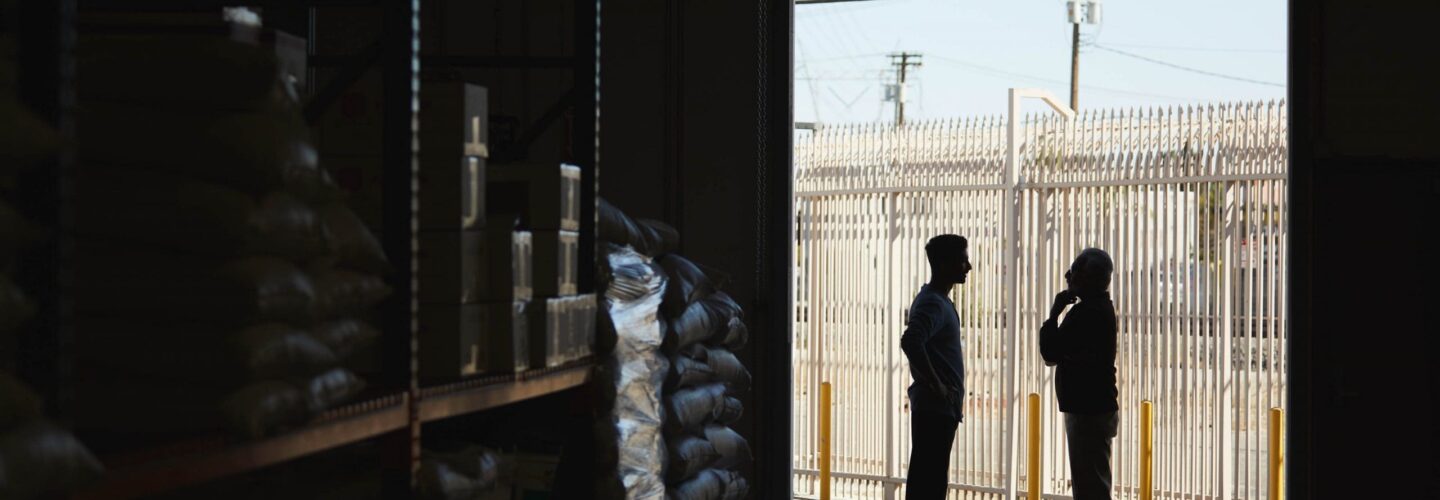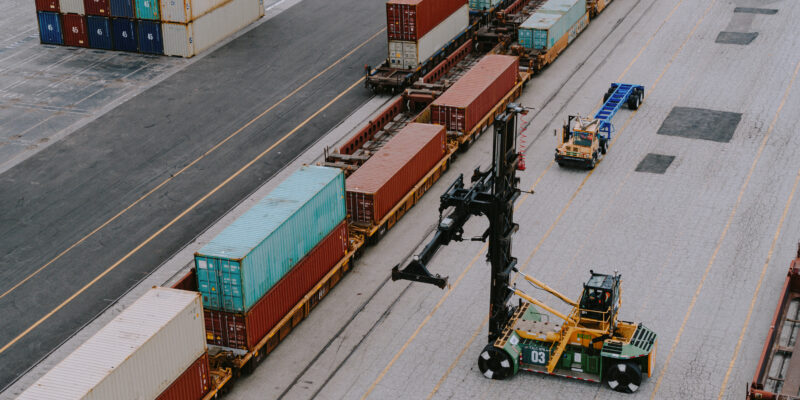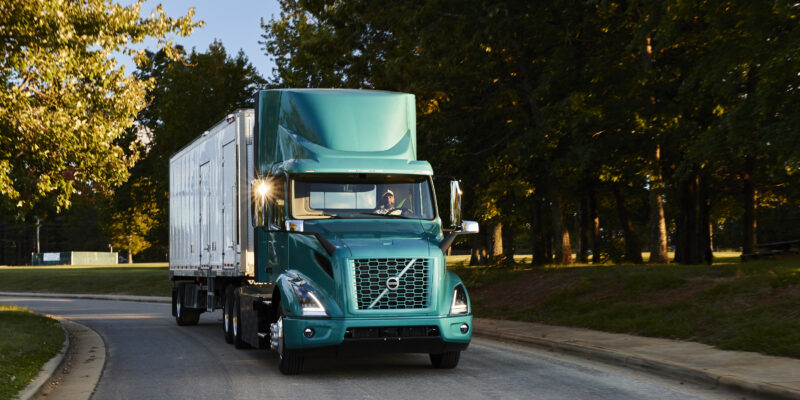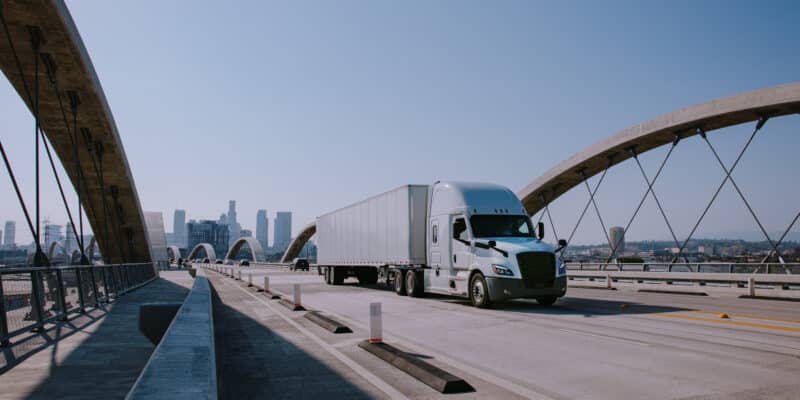Ce que SAP dit de l’innovation dans le secteur du fret

As a senior director of corporate business development at SAP, Hari Ashvini is always on the hunt for innovative partners. This means advances in technology while not sacrificing the ultimate customer experience. Ashvini has dubbed Uber Freight a “quiet revolution” in the freight space and has high hopes for the collaboration with SAP. “Uber Freight brings incredible capacity when it comes to shipping,” he says, “And SAP’s challenge — which we accept gladly — is to take that capacity and make it consumable for enterprise customers.” We caught up with Ashvini to chat more about what the SAP-Uber Freight partnership means for the future of logistics.
Parlez-nous un peu de votre rôle chez SAP.
Je suis directeur principal dans l’équipe de développement mondial de SAP. Je me concentre sur les partenaires émergents, c’est-à-dire sur l’intégration de l’innovation et des perturbateurs du marché dans la suite de produits SAP de base, ainsi que sur la fourniture d’innovations à nos clients.
Comment voyez-vous l’impact de la technologie sur le secteur de l’expédition et de la logistique ?
L’industrie du transport maritime est en grande partie une industrie à processus manuel. L’utilisation de la technologie a été relativement faible, et ce que nous voyons maintenant, c’est l’option massive de différents produits technologiques liés à l’IA et à l’apprentissage automatique, et de nouveaux fournisseurs de services, comme Uber Freight. L’afflux de technologies est donc croissant, et il y a encore beaucoup de place pour la croissance.
The thing that excites me most about the technology aspect of logistics is the ability to keep up with change, and I’ll give you an example. If there was a time when a load was canceled for some reason or there was nobody else to pick it up, there was no way in the past to actually book a load again and get it out to your customers. Now, with technology, we are instantaneously able to solve the problem. It’s a very small example, but it has a huge impact on how the business is conducted.
Selon vous, que signifie l’émergence de la logistique à la demande pour le secteur du transport maritime ?
To me, on-demand logistics globally is a matter of scale, and scale is what customers want. You look at a large shipper, and they have three or four options. One option is their own contracted vendors, some of them have their own fleets that they use for certain purposes, but at some point, they do tap out of capacity. With on-demand shipping, they have this broad network that they can tap into any time they want so that there is no capacity issue.

Comment SAP et Uber Freight collaborent-ils pour favoriser l’innovation technique ?
I am very excited about the partnership between SAP and Uber Freight. Uber Freight brings incredible capacity when it comes to shipping, and SAP’s challenge — which we accept gladly — is to take that capacity and make it consumable for enterprise customers. We want our customers to be able to consume the capacity with close tie-ins to their existing business processes, whether that be in supply chain, logistics, manufacturing, or all the way down to their financial systems. So it is really bringing together the best of both worlds.
Comment pensez-vous que le partenariat entre SAP et Uber Freight va optimiser l’expérience client ?
If you look at it from the drivers’ perspective, there’s a human aspect to this, which is that it makes their lives better. They’re able to spend more time with their families because it’s more predictable and their trucks aren’t running empty. That makes a big difference for the truck drivers’ lives.
If you look at it from the customer’s perspective, they often get into times where warehouses are overcrowded, truck drivers wait outside the warehouses, and there is a huge problem with that for the customer itself. Sometimes their production systems may not have things lined up and ready to go in the time they expected them to go. So how do you adapt to change that comes from a backend aspect of the business and that impacts the delivery of a certain product? Having the flexibility and having the option to say, “Hey something changed and I’m able to adapt to that change very quickly” is a huge aspect.
Quand vous pensez à l’avenir de ce partenariat, quel est votre espoir ?
SAP is in almost all of the businesses in the world, and right now we are starting with supply chain. We have plans to roll out the solution of Uber Freight and SAP to a number of different industries where it may be applicable. SAP also has the world’s largest network from a procurement perspective, and I think it’ll be huge to see how we can tie Uber Freight closer into that space.



